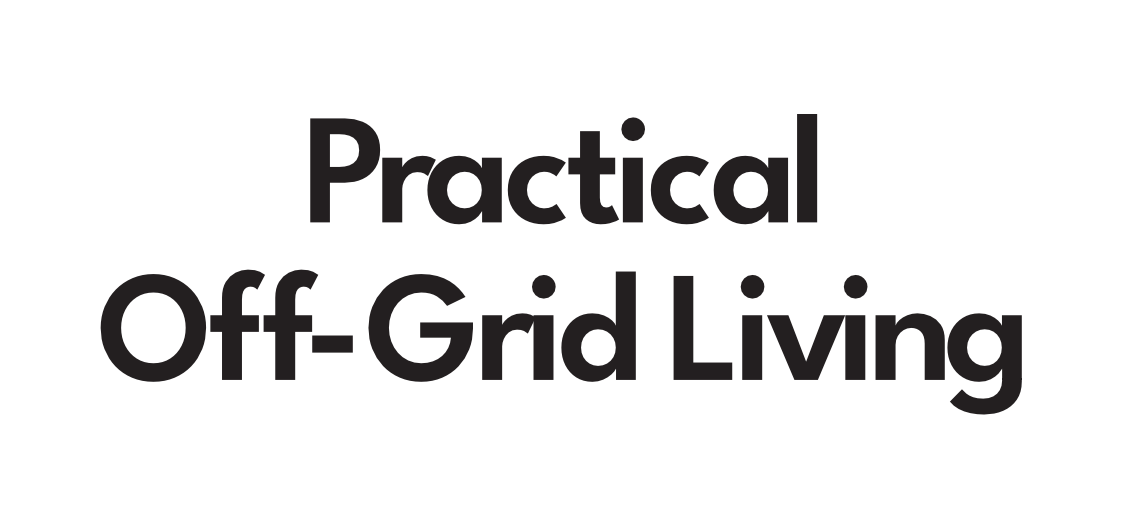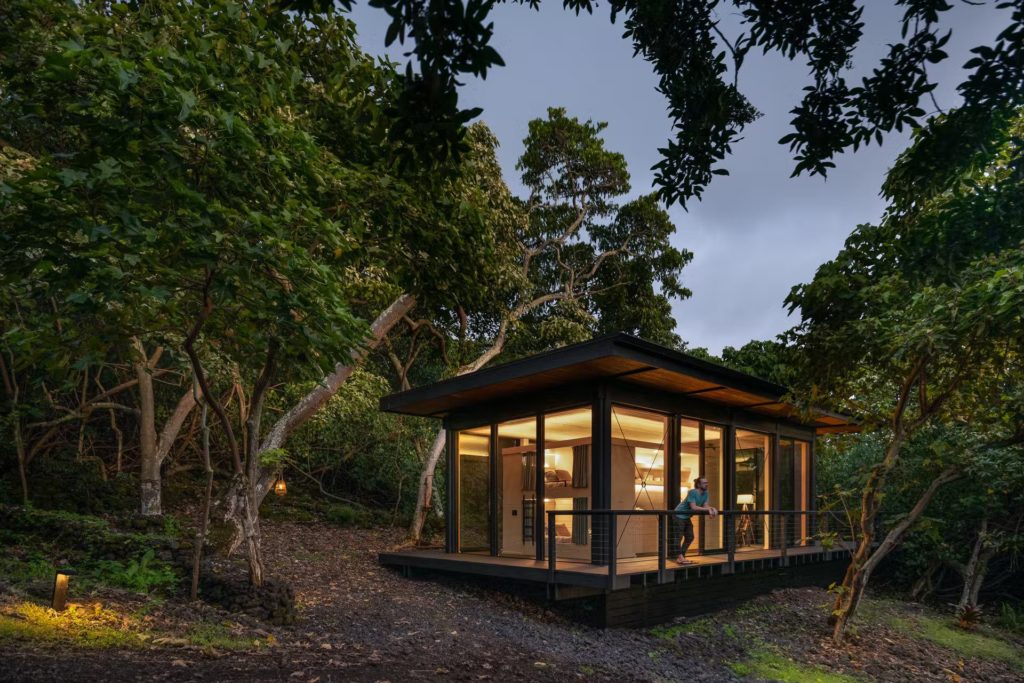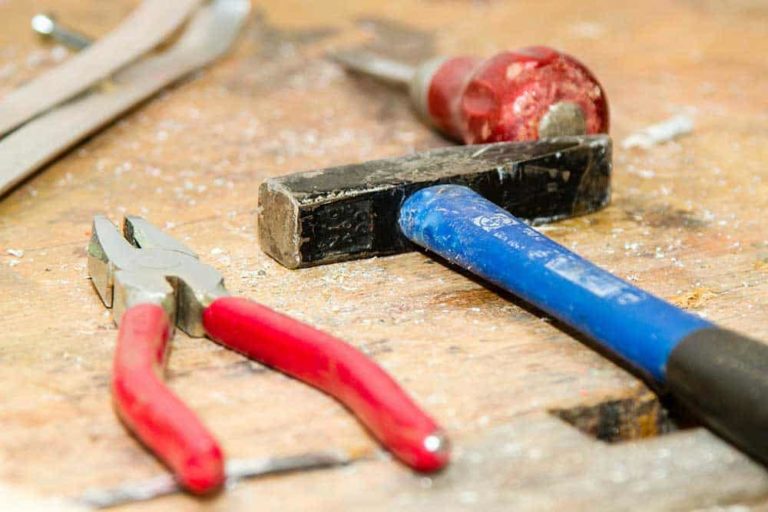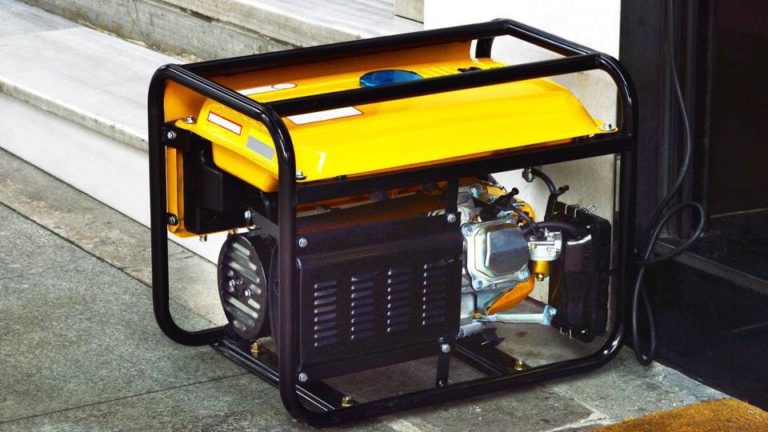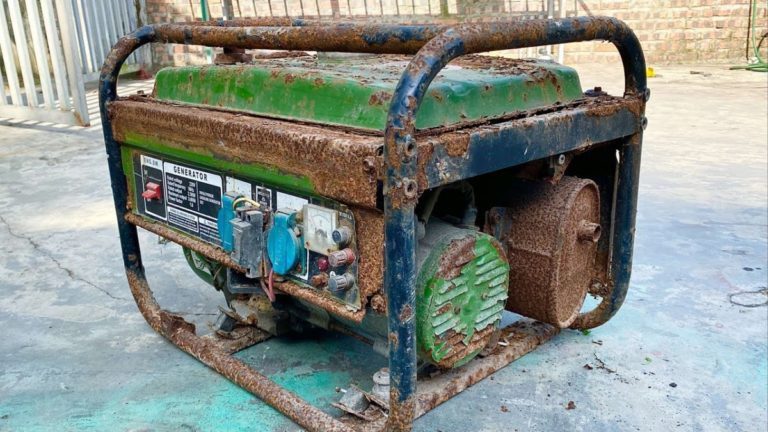Are you tired of relying on the grid for your energy and water needs?
Do you dream of living a self-sufficient lifestyle, free from the confines of public utilities?
Look no further!
This comprehensive guide is here to help you every step of the way as you transition to an off-grid lifestyle.
From solar power to rainwater harvesting and beyond, we’ll provide you with everything you need to know to successfully make the switch.
Whether you’re a seasoned DIYer or just starting out, our expert advice will guide you towards a more sustainable and independent future.
Let’s get started on your journey towards off-grid living today!
Assess your needs and resources
Before you start, it’s important to understand your energy needs, water usage, and the resources you have available to you. This will help you determine the best off-grid systems for your situation.
Understanding your energy needs will help you determine the size and type of renewable energy systems you’ll need, such as solar panels or wind turbines.
Evaluating your water usage will help you identify the most suitable water collection and treatment systems for your situation.
Furthermore, assessing your resources, such as the amount of sunlight, wind, and available land, will help you choose the most appropriate systems for your location.
For example, if you have limited sunlight, a solar-powered system may not be the best option.
On the other hand, if you have a lot of wind, a wind turbine might be a more suitable choice.
By taking these factors into account, you can create a comprehensive plan that meets your needs and maximizes your independence from the grid.
Get off the grid and start living a sustainable lifestyle today!
Choose the right location
Your location can greatly affect your ability to go off the grid. Consider factors such as sunlight, wind, and water availability when selecting your location.
When it comes to living off the grid, the location of your homestead is important.
The right location can provide you with an abundance of natural resources, while the wrong location can make it difficult or impossible to live sustainably.
To choose the right location, you should consider factors such as sunlight, wind, and water availability.
First, sunlight is essential for generating electricity through solar panels, which is a important aspect of living off the grid.
Look for a location that receives plenty of sunlight throughout the day, especially during the peak winter months when solar energy is most important.
Consider the orientation of the land and how it relates to the path of the sun.
South-facing properties are ideal for maximizing solar energy.
Second, wind is another important factor to consider when choosing a location.
A location with consistent wind can provide a reliable source of energy through wind turbines.
However, it’s important to note that excessive wind can be damaging to your homestead, so you’ll want to balance the need for wind energy with the need for a stable structure.
Third, water availability is essential for living off the grid.
Look for a location with access to a reliable source of water, such as a well, stream, or lake.
Water is necessary for irrigation, drinking, and other household needs.
Consider the quality of the water and whether it’s safe for consumption.
It’s important to consider the microclimate of the location.
The local climate can affect your ability to grow crops, raise livestock, and access natural resources.
For example, if you’re in a cold climate, you may need to invest in greenhouses or other specialized equipment to extend the growing season.
By considering these factors, you can choose a location that is well-suited to your off-grid lifestyle and will provide you with the resources you need to thrive.
When selecting a location for your off-grid homestead, it’s essential to consider the impact of excessive wind.
While wind can be a valuable source of energy, it can also be damaging to your homestead if not properly addressed.
For example, strong winds can damage your home, trees, and crops, and can make it difficult to maintain a stable structure.
Therefore, it’s important to balance the need for wind energy with the need for a stable and secure homestead.
To do this, you may need to invest in specialized equipment such as windbreaks or reinforced construction materials.
Consider the microclimate of the location, as the local climate can significantly impact your ability to grow crops and raise livestock.
For instance, if the area is prone to extreme temperatures or droughts, you may need to adapt your farming and water management strategies accordingly.
By carefully considering the location and microclimate of your off-grid homestead, you can ensure that you have the resources you need to thrive in the long term.
Invest in solar power
Solar power is one of the most popular forms of off-grid energy. It’s a reliable and renewable source of energy that can be used to power your home, water pump, and other appliances.
Investing in solar power is a wise decision for those looking to live off the grid.
Solar energy is a reliable and renewable source of power that can be harnessed using solar panels.
These panels can be installed on your roof or in a solar array on your property, and can provide enough energy to power your home, water pump, and other essential appliances.
With proper maintenance and care, solar panels can last for decades, providing a consistent source of energy for your off-grid lifestyle.
Solar power is a clean and sustainable source of energy, as it produces no emissions or pollution.
By investing in solar power, you can reduce your carbon footprint and rely less on non-renewable energy sources.
To get off the grid, investing in solar power is a important step towards independence from traditional energy sources.
With the right equipment and installation, you can enjoy a self-sufficient lifestyle, free from the burdens of utility bills and reliance on public grids.
Implement rainwater harvesting
Collecting and storing rainwater is a great way to reduce your reliance on city water. You can use rainwater for irrigation, toilet flushing, and other non-potable purposes.
One of the most effective ways to get off the grid is to implement rainwater harvesting.
By collecting and storing rainwater, you can significantly reduce your reliance on city water.
This is especially beneficial for households with large outdoor spaces or gardens, as rainwater can be used for irrigation purposes, effectively minimizing your water bill.
Moreover, collected rainwater can be used for flushing toilets, washing cars, and other non-potable purposes.
The best part is that setting up a rainwater harvesting system is relatively easy and can be done with a few simple DIY materials or professional installation.
For one, it helps to conserve water and reduce waste.
In many parts of the world, rainfall is often more abundant than potable water, making rainwater harvesting a practical solution for water-sensitive regions.
By using rainwater for non-potable purposes, you’ll be using a renewable resource that is readily available and free of charge.
Implementing a rainwater harvesting system can also help to reduce your carbon footprint, as it reduces the need for energy-intensive municipal water treatment and transportation systems.
If you’re looking to get off the grid, implementing rainwater harvesting is an excellent first step.
Not only will it help you to conserve water, but it will also provide you with a reliable source of renewable energy.
With the right equipment and some careful planning, you can start harvesting and storing rainwater today and take the first step towards a more sustainable, off-grid lifestyle.
Use energy-efficient appliances
Using energy-efficient appliances can help reduce your energy consumption and save you money in the long run. Look for appliances with the ENERGY STAR label to ensure you’re getting the most efficient ones.
Using energy-efficient appliances is a simple yet effective way to reduce your energy consumption and lower your electricity bills.
These appliances are designed to use less energy while providing the same level of performance as traditional appliances, making them a smart investment for your home.
Look for appliances with the ENERGY STAR label, which indicates that the product meets strict energy efficiency guidelines set by the U.S.
Environmental Protection Agency.
By choosing ENERGY STAR certified appliances, you can reduce your energy consumption by up to 20% compared to traditional appliances.
This can lead to significant cost savings over the long run, as well as a reduction in your carbon footprint.
In fact, if every household in the U.S.
Replaced just one light bulb with an ENERGY STAR certified one, we could prevent 90 billion pounds of carbon dioxide from entering the atmosphere – the equivalent of taking 8 million cars off the road!
So, make the switch to energy-efficient appliances and take a step towards a more sustainable future.
In addition, consider getting off the grid by investing in renewable energy sources like solar or wind power.
These systems can provide a reliable and consistent source of energy, while also reducing your reliance on the grid and your energy bills.
By taking these actions, you can not only lower your carbon footprint but also save money in the long run.
Implement wind power
If you have a windy location, consider investing in a wind turbine to provide additional power for your off-grid system.
Implementing wind power is an excellent way to supplement your off-grid energy needs, particularly if you live in a windy location.
A wind turbine can be installed on your property to harness the power of the wind and generate electricity.
This can be particularly useful during the winter months when the sun may not be as strong, and your solar panels may not be producing as much energy.
Wind turbines can be more cost-effective than solar panels in the long run, as they require less maintenance and have a longer lifespan.
Furthermore, investing in a wind turbine can also increase the overall value of your property and provide a sustainable source of energy that can reduce your reliance on the grid.
Get off-grid and experience the benefits of renewable energy with a wind turbine.
Use composting toilets
Composting toilets are a great way to reduce your water consumption and handle waste in an off-grid system. They use natural processes to break down waste and reduce water usage.
Using composting toilets is an excellent way to reduce your water consumption and effectively manage waste in an off-grid system.
These toilets utilize natural processes to break down human waste, urine, and other organic materials, transforming them into a nutrient-rich compost that can be used for fertilizing plants.
By diverting waste from traditional sewage systems, composting toilets help conserve water and reduce the amount of waste that enters landfills.
Because they do not rely on municipal water lines, composting toilets are ideal for off-grid homes or communities where water is scarce or not readily available.
When implementing a composting toilet system, it is important to ensure proper maintenance and upkeep to prevent odor issues and maintain optimal sanitary conditions.
By embracing composting toilets, individuals can not only reduce their environmental footprint but also benefit from a reliable and sustainable waste management solution.
Self-contained composting toilets are standalone units that are typically located in a shed or outbuilding near the home, while centralized composting toilets are connected to a series of bathrooms within a building.
Both types work by using a combination of heat, moisture, and microorganisms to decompose waste and reduce it to a nutrient-rich compost.
Many composting toilets can be equipped with urine-diverting technology, which allows users to separate urine from feces and create a concentrated, high-nutrient fertilizer.
Overall, composting toilets offer an innovative solution for handling waste in an off-grid system and can provide a sustainable alternative to traditional water-based plumbing.
Get off grid: Composting toilets, by virtue of their ability to manage waste and reduce water consumption, are an essential component of an off-grid system.
When living off the grid, access to traditional plumbing services may be limited or unavailable.
Therefore, composting toilets provide a reliable solution that does not rely on external utilities.
Furthermore, off-grid living often involves a greater sense of self-sufficiency and sustainability.
By adopting composting toilets, individuals can not only reduce their environmental footprint but also embrace a more independent and environmentally conscious lifestyle.
Consider a hybrid system
A hybrid off-grid system combines two or more different energy sources, such as solar and wind, to provide a reliable and consistent source of energy. This can be a great option if you have a inconsistent amount of sunlight or wind in your area.
If you’re looking to get off the grid and live a more sustainable lifestyle, a hybrid off-grid system may be the perfect solution for you.
By combining two or more different energy sources, such as solar and wind power, you can ensure a reliable and consistent source of energy, even if one source is inconsistent.
For example, if you live in an area with inconsistent sunlight, you can supplement your solar power with wind power to ensure a steady supply of electricity.
A hybrid off-grid system can help you save money on your energy bills and reduce your carbon footprint.
By leveraging the strengths of multiple energy sources, you can create a highly efficient and reliable system that meets all your energy needs.
So, if you’re looking to get off the grid and live a more sustainable lifestyle, consider investing in a hybrid off-grid system today.
Want More? Dive Deeper Here!
Hey there! If you’re the type who loves going down the rabbit hole of information (like we do), you’re in the right spot. We’ve pulled together some cool reads and resources that dive a bit deeper into the stuff we chat about on our site. Whether you’re just killing time or super into the topic, these picks might just be what you’re looking for. Happy reading!
- pivotid.uvu.edu – Living Off The Grid A Simple Guide To Creating And Maintaining A Self Reliant Supply Of Energy Water Shelter And More
- pivotid.uvu.edu – Living Off The Grid A Simple Guide To Creating And Maintaining A Self Reliant Supply Of Energy Water Shelter And More
- (PDF) To Catch the Sun | Joshua Pearce and Lonny Grafman – Academia.edu

